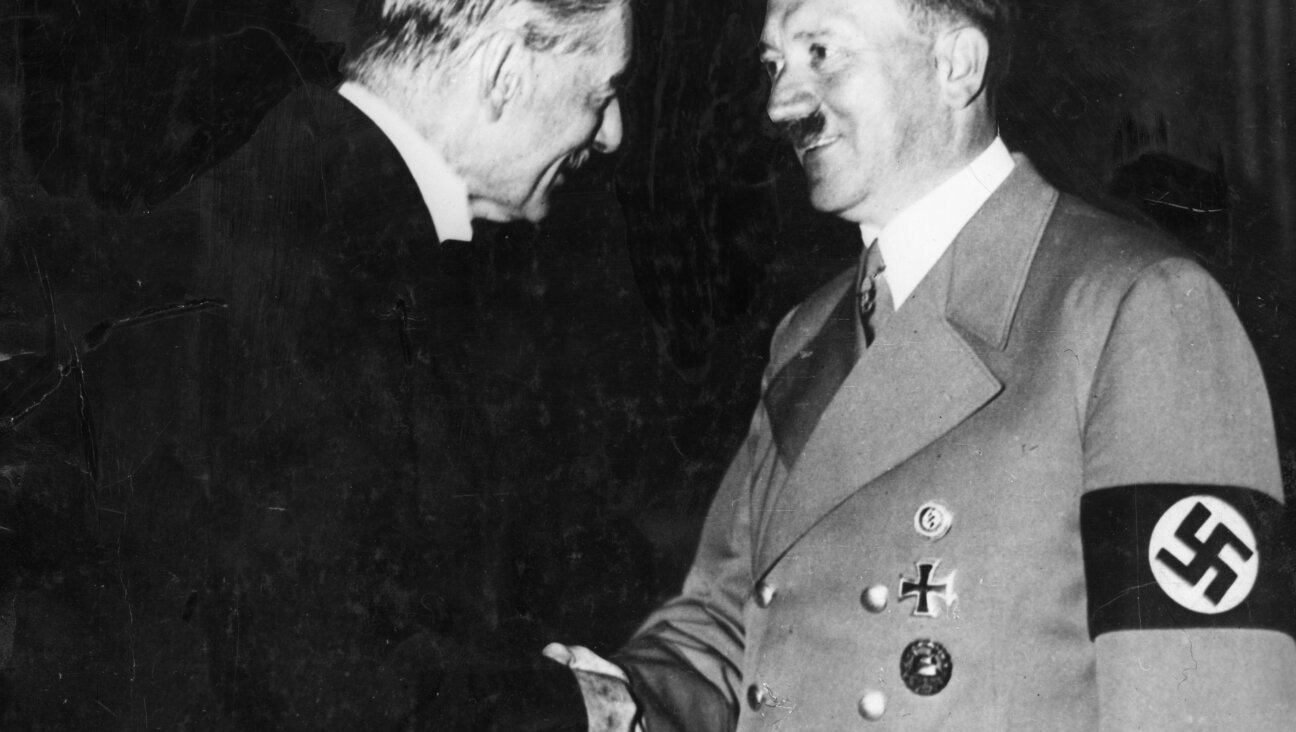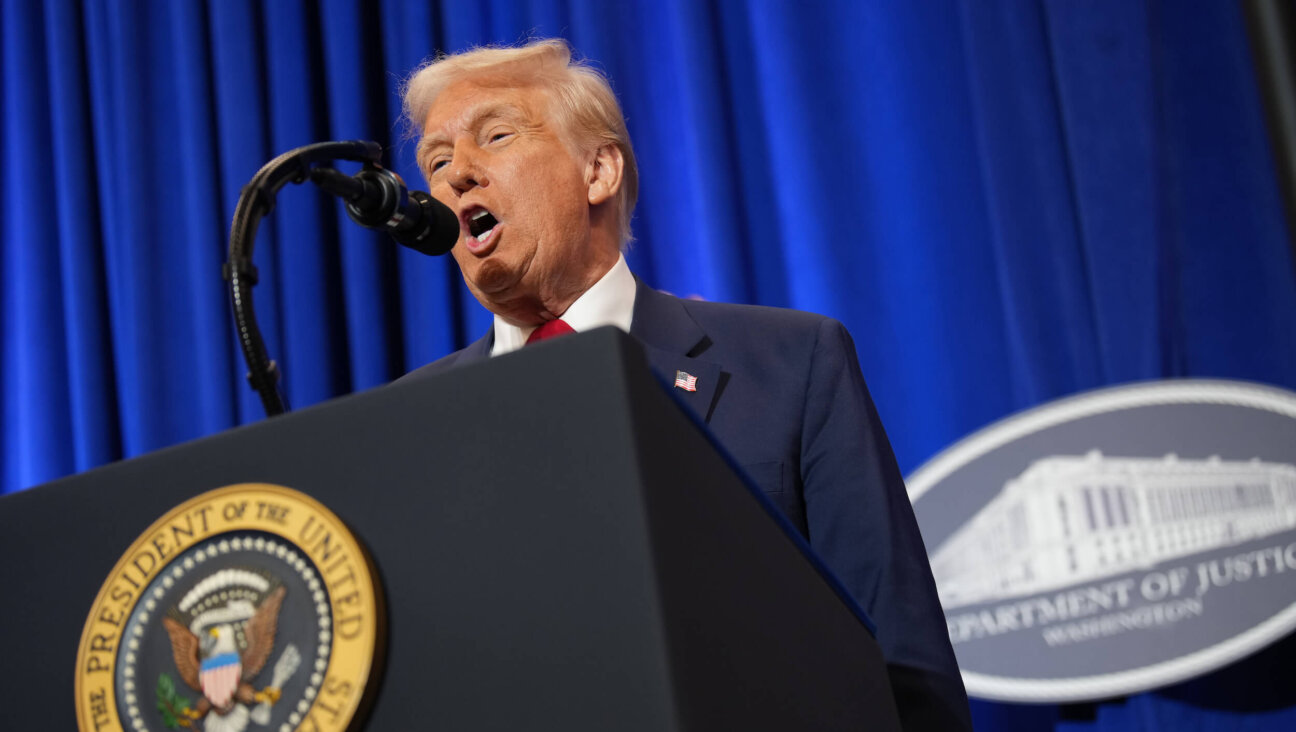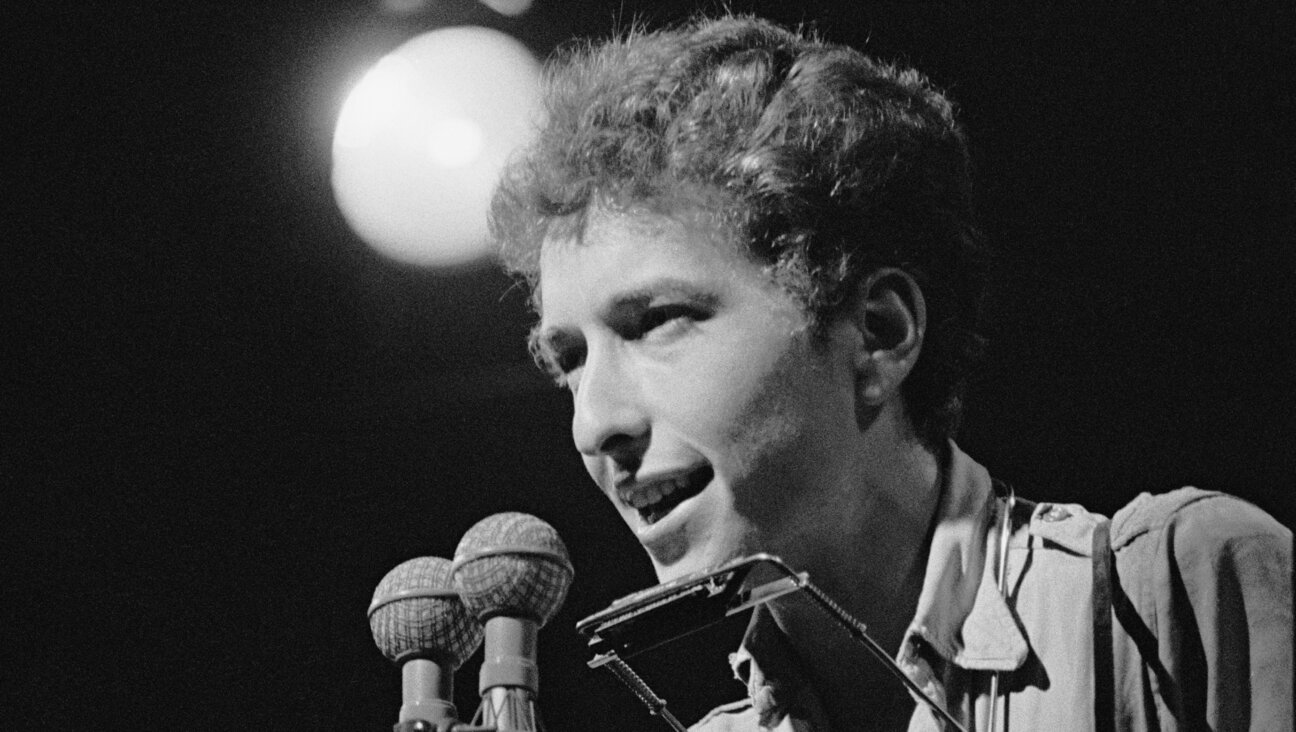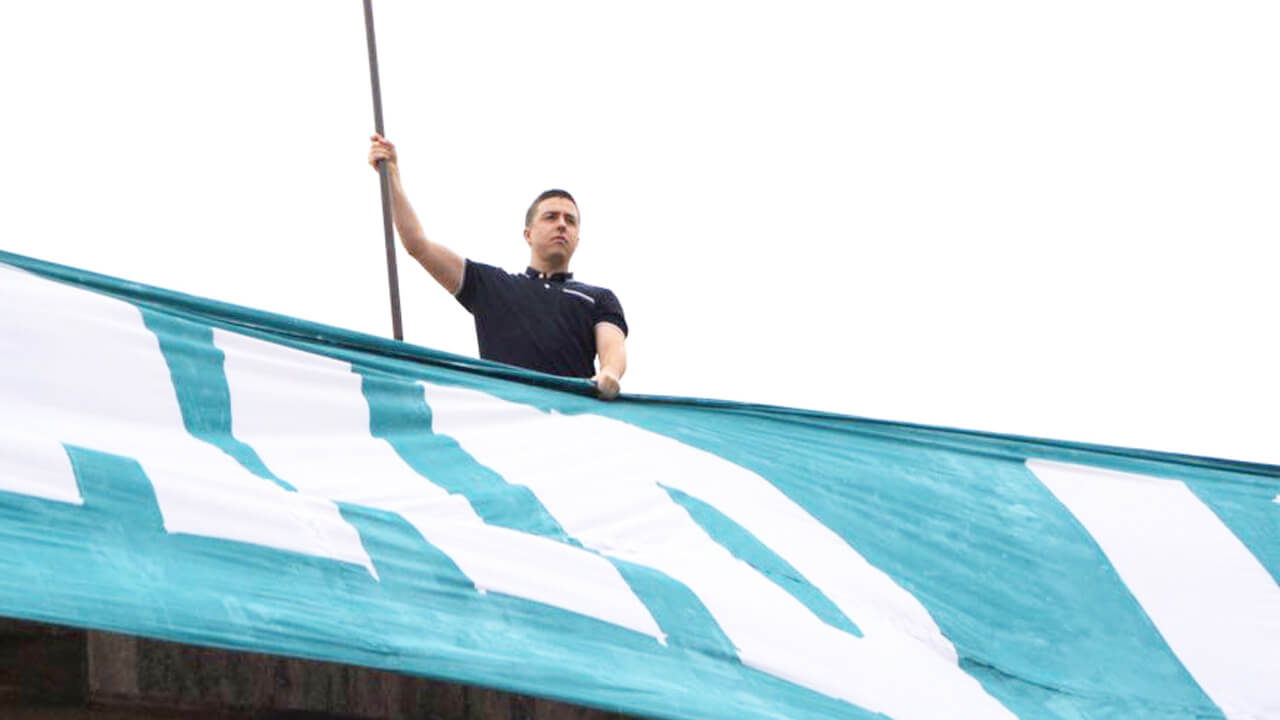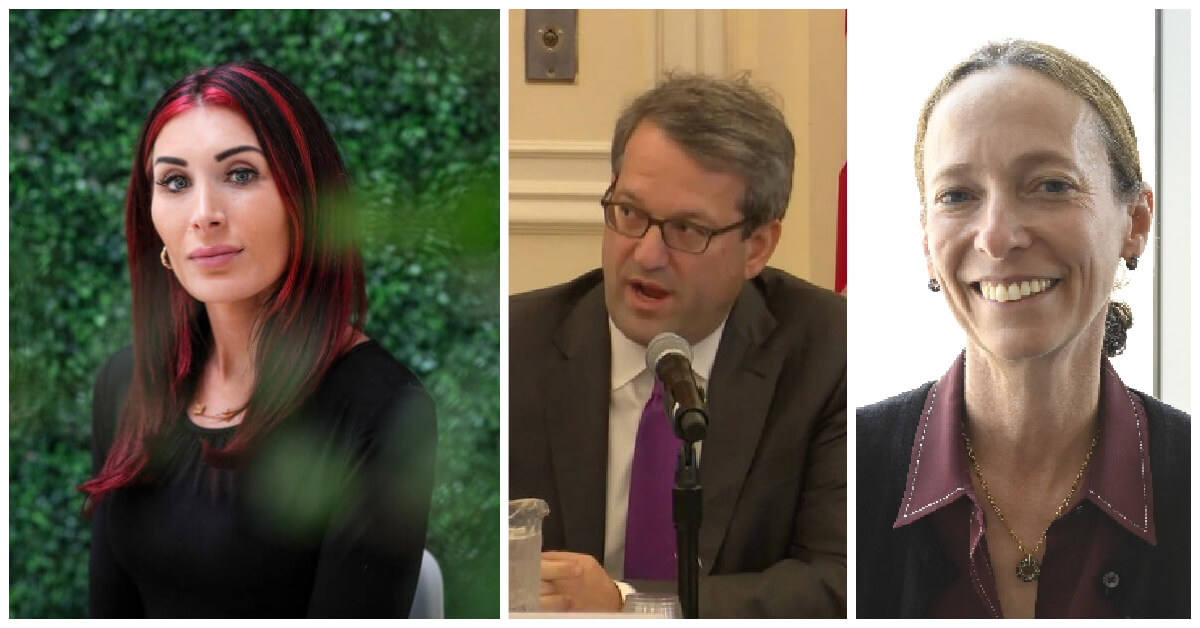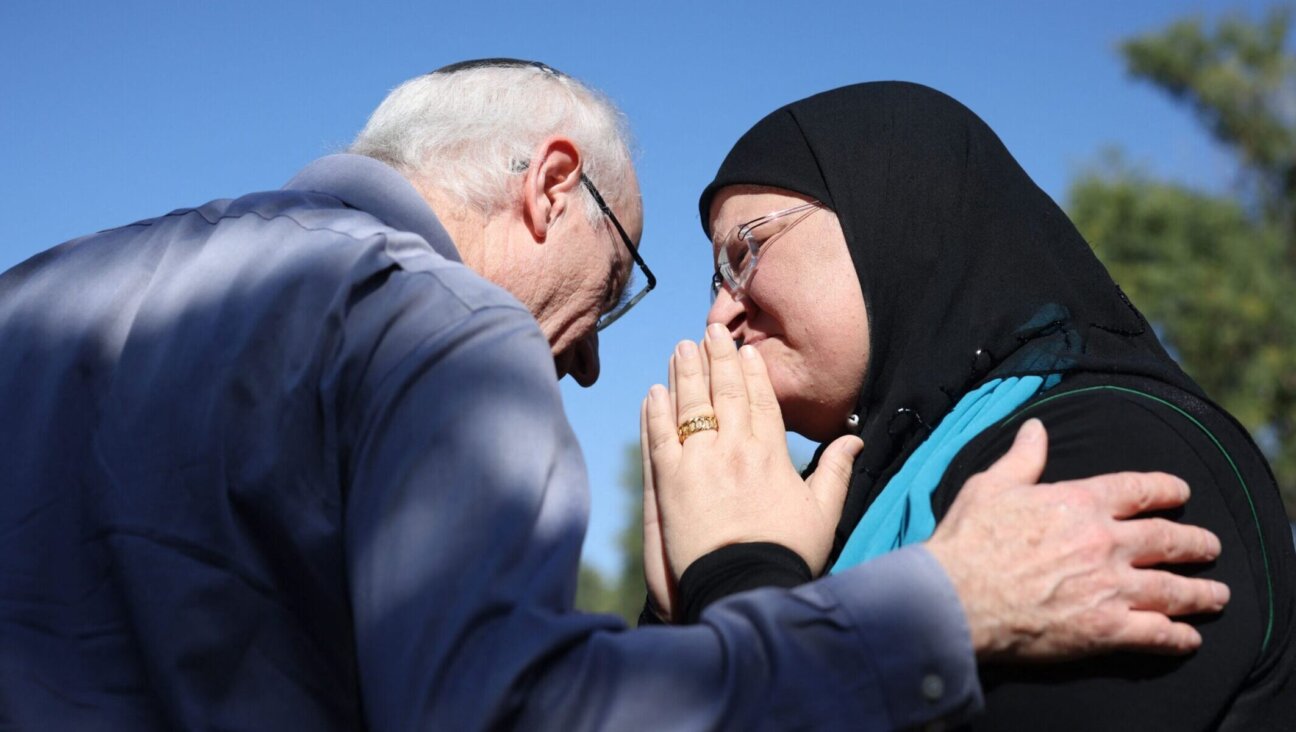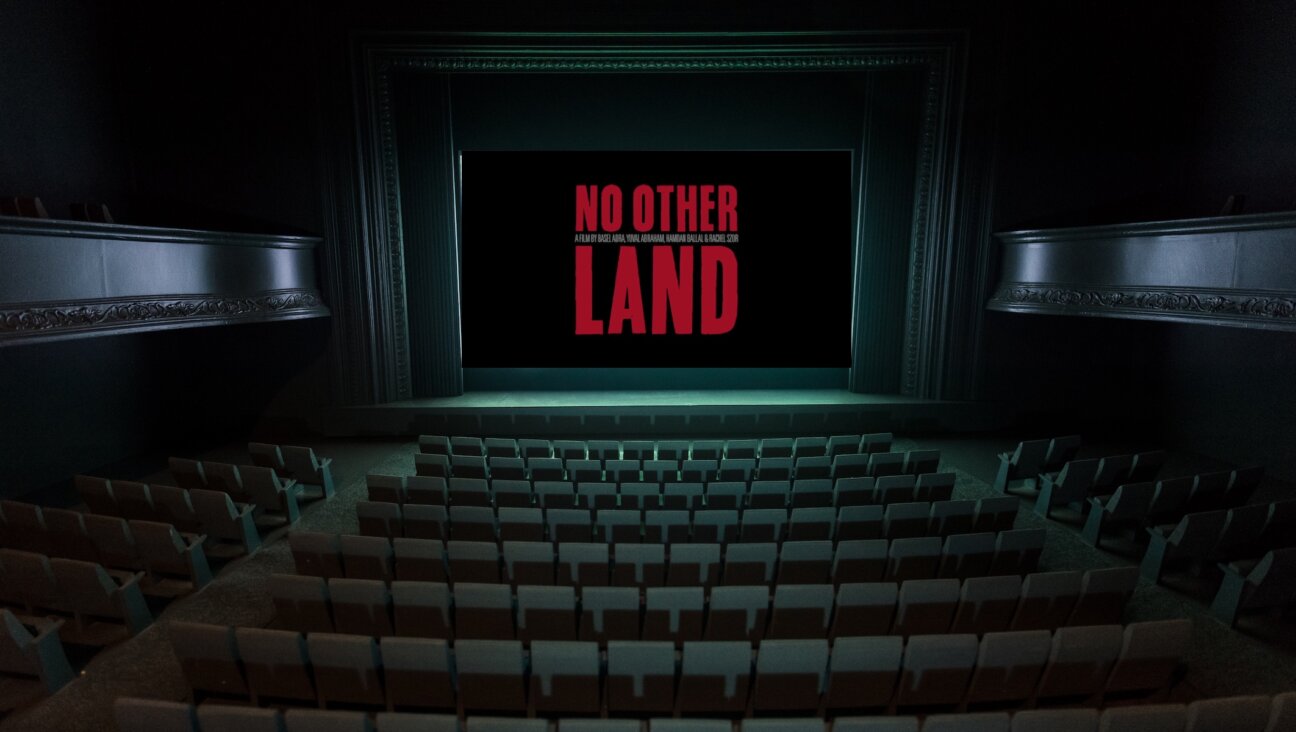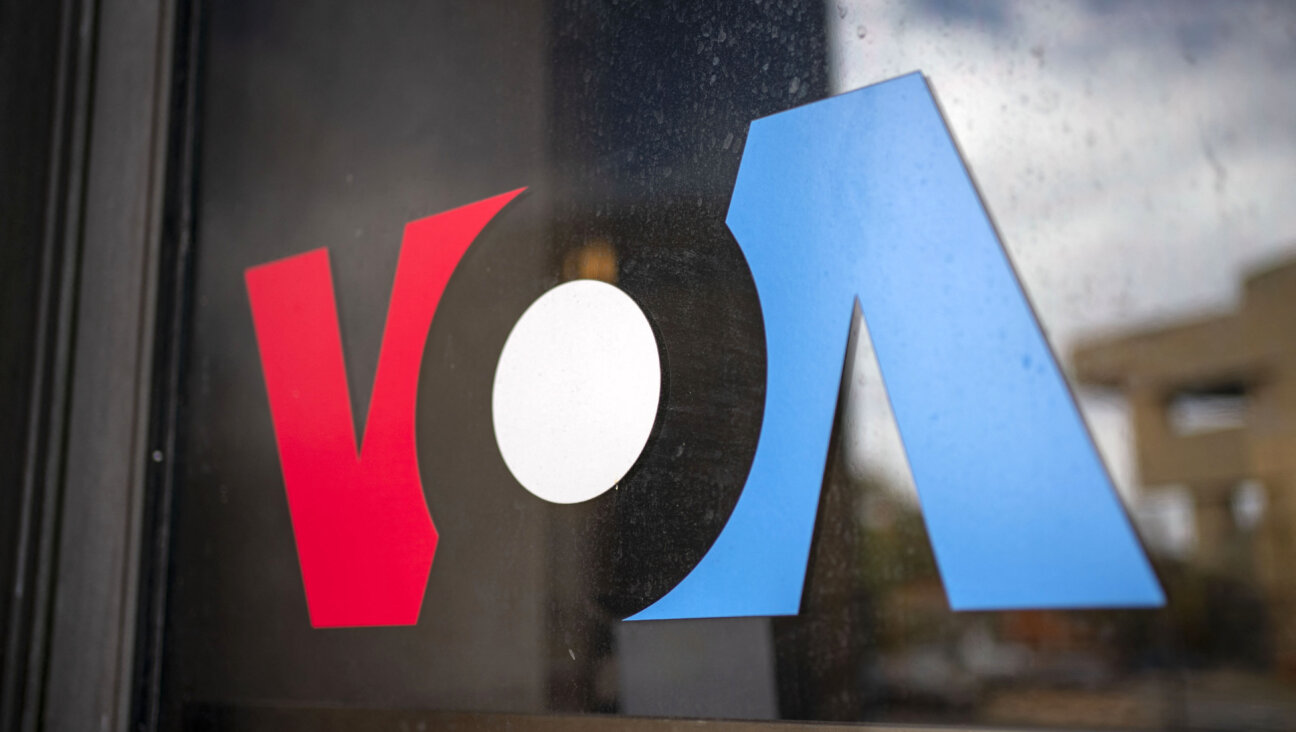Preserve the Shards of the Shattered Glass Ceiling
Last week, 34 years after becoming the first woman ever ordained by a rabbinical seminary, Sally Priesand retired. Throughout her career, Priesand’s achievements have carried both personal and symbolic weight — and so, too, with her retirement.
Since her ordination in 1972, Priesand and the more than 800 other women who have followed her into the rabbinate have changed the face of Judaism. It would seem an appropriate moment, then, to consider the impact of their collective work and the significance of their individual stories.
The advent of women rabbis and cantors cast traditions, created and always presided over by men, in a new light. Women’s questions led to a reexamination and recasting of traditional texts, rituals and liturgy. Most importantly, by breaking down the traditional exclusivity of Jewish leadership, female rabbis granted all congregants a sense of greater access to Jewish knowledge, authority and spirituality.
Given their impact upon American Jews and Judaism, it is tempting to present the story of women rabbis as solely one of transformation and triumph. Yet a large part of the narrative of women in the rabbinate has been one of frustration and heartbreak.
By the early 1980s, the Reform and Reconstructionist rabbinical schools were accepting an almost equal number of male and female applicants. As with so many aspects of society, this great expansion of access to education and training was often equated with an equality of result. In fact, the first women rabbis in every movement faced the problematic assumption that all it took for women to become rabbis was to simply allow them the possibility.
Priesand immediately understood that her career would not be like those of her male classmates, most of whom looked forward to relying upon the domestic support of a spouse. Priesand decided that as the first woman rabbi, she would need to forgo marriage in order avoid the distraction of competing priorities.
Few of Priesand’s successors may have emulated this decision, but a 2004 survey of Conservative rabbis found that far fewer female than male rabbis had either a spouse or children. Moreover, hundreds of women rabbis have experienced the kind of overt or covert resistance that Priesand encountered in her first pulpit — where, after seven years, she realized that she was never going to be considered as a candidate for senior rabbi.
Most female rabbis have experienced some hostility directed toward them as women, ranging from exclusion from life-cycle events, to homophobia, to criticism of their wardrobes. Half of 103 Reform women rabbis in a 1994 survey reported that they had experienced on-the-job sexual harassment, and the 2004 Conservative movement study found that, by stunning margins, male rabbis were more likely to have higher salaries and more prestigious positions than their female contemporaries.
Over the past 34 years, women rabbis have begun to address these challenges. Reform women rabbis worked collectively to address practical issues such as the question of building maternity leaves into rabbinic contracts. Priesand articulated the then-radical idea that the definition of rabbinic success should not be limited to attaining senior posts at the largest congregations. Meanwhile, over the past 10 years, a small number of Reform women rabbis have moved into some of their movement’s large and prominent positions.
Will all of these varied stories be told and remembered? Priesand has observed that many of the reporters who have contacted her for stories about her retirement focused their questions on her experience as a young rabbinical student. That has led her to ask why there is not more interest in her actual work as a rabbi. What has it meant, for instance, to facilitate meaningful community, address spiritual issues and engage with the broader community?
We will always be interested in firsts, as illustrated in the current attention given to Katherine Jefferts Schori’s election as the first female presiding bishop of the American Episcopal Church. Yet there is a danger in focusing so much on the breaching of barriers that we lose sight of the challenges and contributions that come after the breakthroughs.
Other women rabbis have retired, but as the “first” woman rabbi, Priesand’s transition, at age 59, into what promises to be an active retirement marks the symbolic bounds of the first generation of female rabbinical leadership. It should remind even the most recently ordained women that they still stand at the beginning of what will be a long tradition. They, and the rest of us, need to remember that they are contributing to a movement that has reshaped American Judaism. These are stories that matter.
Individual rabbis will not always have the time, freedom and inclination to tell their own stories. Indeed, the more difficult experiences are the ones to which it is most difficult to give public voice. It is thus imperative that the sermons, contracts, diaries, correspondence, Web sites and whatever else that capture their experience be preserved, so that their stories can be told. Priesand will no doubt deposit the records of her career in a safe place, but it is up to her Reform, Reconstructionist and Conservative colleagues to put no less value on the records of their own careers.
Their efforts should be facilitated by the encouragement of the archives devoted to American Jewish history and to women’s history — ideally within a cooperative collecting initiative that will recognize the centrality of this still-new phenomenon in Jewish history. Such a commitment will ensure that the triumphs and challenges of the first generations of women rabbis will always be available to teach and inspire the generations that will follow them.
Karla Goldman is historian in residence at the Jewish Women’s Archive and author of “Beyond the Synagogue Gallery: Finding a Place for Women in American Judaism” (Harvard University Press, 2000).









